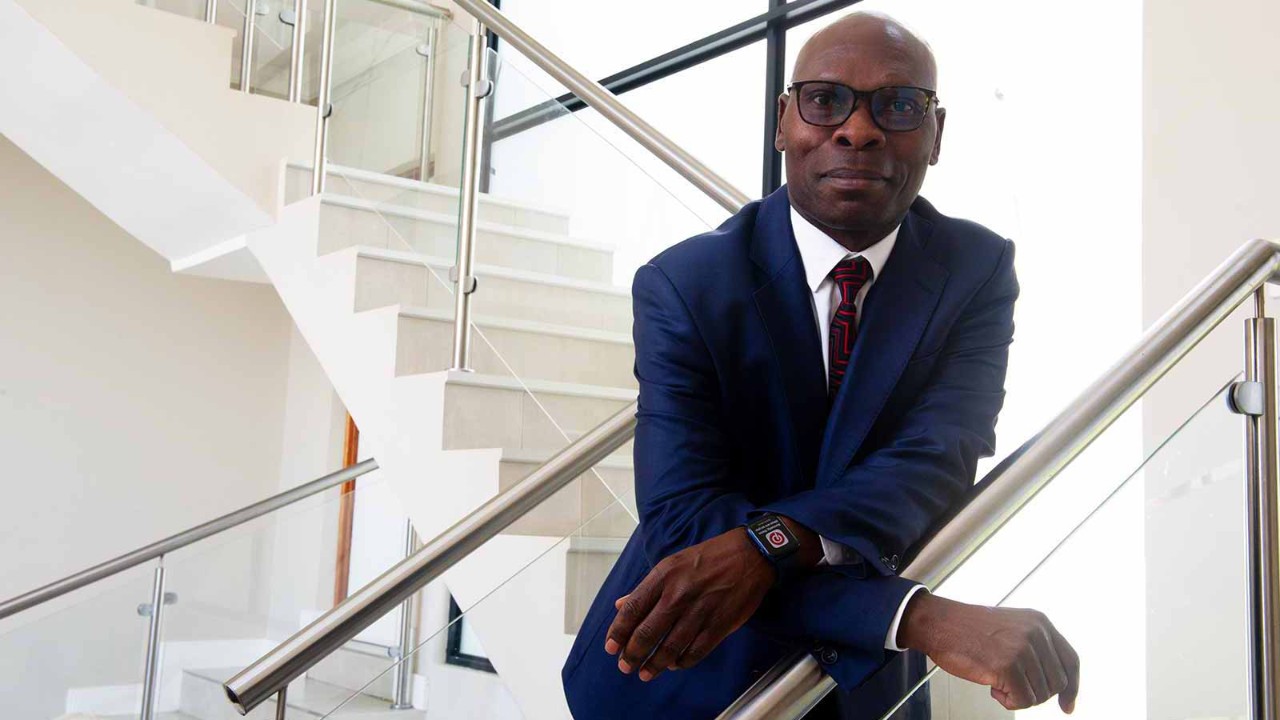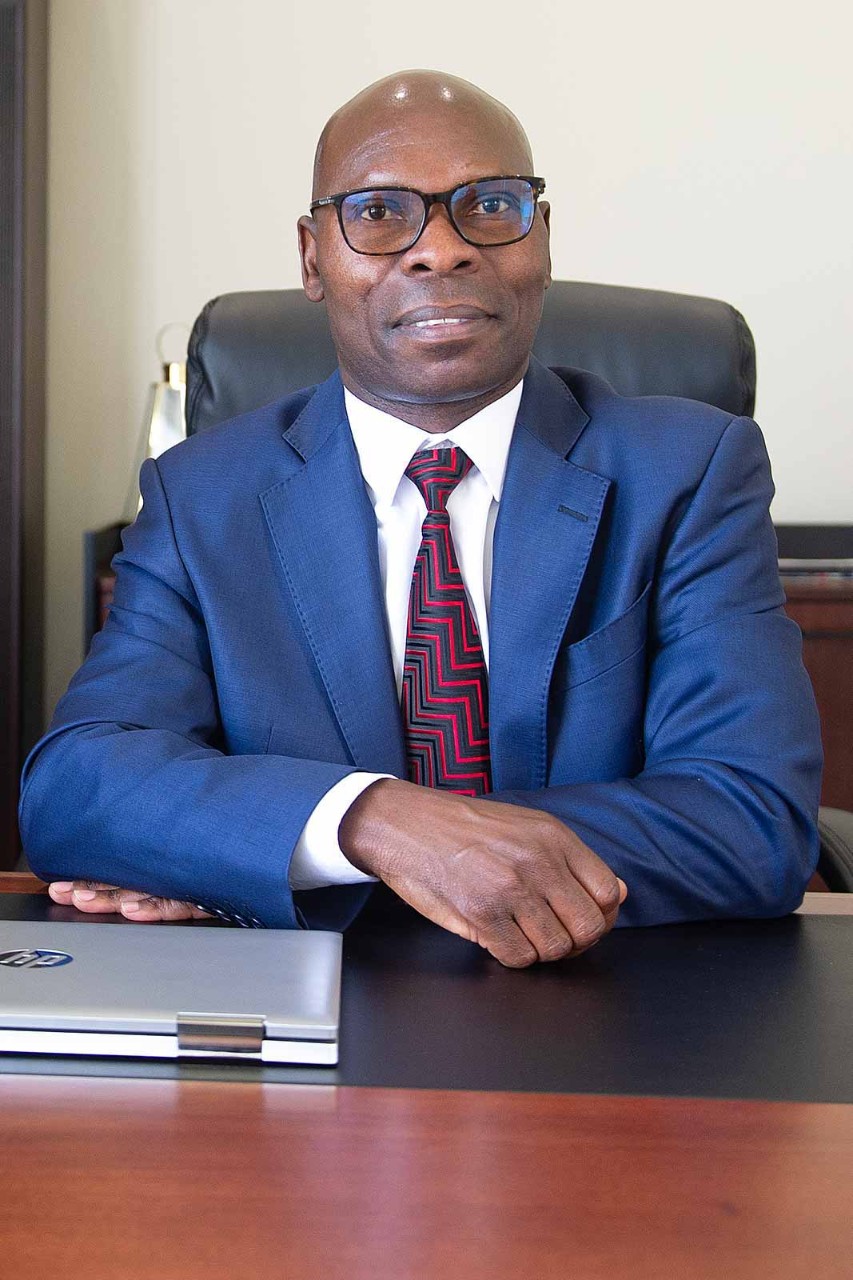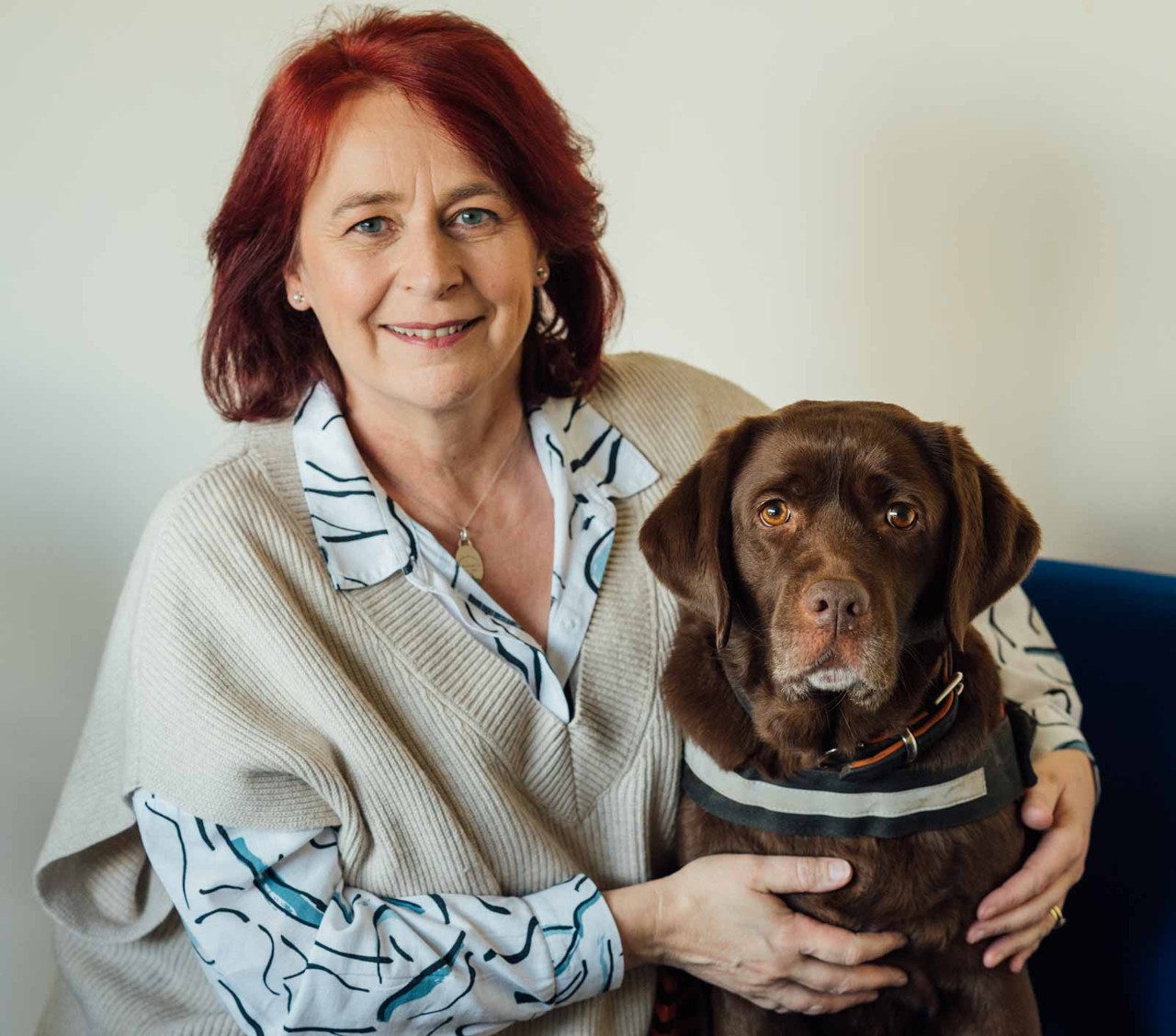
It was a desire to make a lasting contribution to South Africa’s arts, culture and heritage sector that led Kennedy Kaposa FCCA to his role as CFO at Ditsong Museums of South Africa.
His current working environment could not be more different from that of his previous position as CFO at the Office of the Public Protector South Africa (PPSA), the independent oversight body charged with investigating and remedying improper conduct in state affairs in South Africa’s public sector.
‘Ditsong is a relatively quiet place,’ he says. ‘It was a deliberate move from hot politics to a position where I could find peace of mind and concentrate on my work as a CFO.’
‘Museums are reservoirs of irreplaceable heritage from which future generations can learn’
The ‘hot politics’ he refers to began back in 2016 with the appointment of a new public protector of South Africa. The appointee, who has since been suspended, went to considerable lengths to replace her predecessor’s executives with her own nominees. Among the first to resign, in 2017, was Kaposa. Originally from Malawi, he had been compelled to undergo a top secret security clearance which, as a naturalised South African citizen, he was unable to pass. He negotiated a close to R1m (US$51,000) settlement, but the experience was not one he would like to repeat.
Three months later, however, he found his niche when he joined Ditsong Museums of South Africa, an agency of the Department of Sport, Arts and Culture which oversees eight diverse museums in Tshwane (Pretoria) and Johannesburg, including museums of military, cultural and natural history.
Treasure trove
The museums are full of treasures, among them ‘Mrs Ples’, the most complete fossilised skull ever discovered in South Africa of an Australopithecus africanus, believed to be an ancestor of modern humans. There are also thousands-of-years-old rock paintings by the indigenous San people, Iron Age figurines and artefacts from conflicts including the Anglo-Boer War.
Despite this, Kaposa reflects, museums hold little fascination for many South Africans. ‘People think they are dead institutions, but they are really exciting places for learning and leisure,’ he says. ‘They are reservoirs of irreplaceable heritage from which future generations can learn.’
CV
2018
CFO, Ditsong Museums of South Africa, Pretoria
2015
CFO, Public Protector South Africa
2008
Chief director, financial assets and liabilities, department of finance, Gauteng provincial government
2003
Senior lecturer, Cape Peninsula University of Technology, Cape Town
2000
Senior lecturer, University of the Witwatersrand, Johannesburg, South Africa
1995
Auditor, Deloitte & Touche, Blantyre, Malawi
While the relative obscurity of Ditsong Museums is a world away from Kaposa’s previous role, he has still faced some major challenges. When he joined, the institution was dealing with the aftermath of an adverse audit opinion that highlighted problems in every area – from expenditure to supply chain to procurement. Kaposa’s first task was to make the financial statements fit for purpose.
‘We had five months to submit the annual financial statements,’ he recalls with pride. ‘I managed to clean up everything except one item, heritage assets. We moved from adverse to qualified and the next year, having appointed Grant Thornton to assist with the physical verification, measurement and recognition of the heritage assets, we obtained a clean audit.’
Kaposa also had to get to grips with a sector that he says is treated like the ‘forgotten child’ when it comes to resource allocation. ‘The arts and culture space does not receive adequate funding from government,’ he says simply.
Pandemic pressure
Ninety percent of Ditsong’s budget comes from the government equitable share subsidy, but this is not enough to cover operating expenses and the salaries of its 200 staff. The other 10% is derived from admission fees from visitors, most of whom are international tourists, plus hire fees and interest revenue.
‘I thought: how could I be the CFO of an entity that cannot pay its staff?’

The pandemic was disastrous for museums across the world, and Ditsong was no exception. ‘Pre-Covid, we used to generate R15m [US$770,000] a year in revenue,’ Kaposa says. ‘But even after we reopened post-lockdown, few people were coming through our doors. Our revenue plunged to R5m and we went into a cash crisis.
‘There was a time when we literally had no money to pay salaries. That was the worst moment of my career. I thought: how could I be the CFO of an entity that cannot pay its staff?’
Kaposa dealt with the crisis by slashing costs. This included a moratorium on external service providers such as cleaning companies, during which museum staff stepped up to clean offices on a rotational basis. ‘People wanted to save their jobs and preserve their salaries, so they did it. There was no pushback,’ he says.
Basics
1999
Ditsong Museums of South Africa formed from an amalgamation of eight museums
R893.4m
Book value as at 31 March 2022 (US$46.3m)
R140m
Revenue in 2021/22 (US$7.2m)
134
Number of staff in 2021/22
240
Number of bird species in the Ditsong nature reserve around the Tswaing crater
Meanwhile, with no resources to pay water and electricity bills, Pretoria’s Tshwane municipality would regularly disconnect services for museums. ‘I had to go and renegotiate payment terms,’ Kaposa says. ‘It was extremely stressful.’
Ditsong approached the Department of Sports, Arts and Culture for help and received R17m (US$870,000) to cover the shortfall. When the museums began to recover, Kaposa and his team continued to keep costs as low as possible while looking for new sources of revenue.
‘We asked staff to be innovative and come up with ideas,’ he says. ‘We sweated Ditsong’s existing assets by creating music festivals and running more recreational and farming activities, and we began to hire out the venues for weddings and other functions such as birthday parties.’ Visitors can also enjoy hiking and birdwatching at the 2,000-hectare Tswaing nature reserve, which has one of the best-preserved meteorite impact craters in the world.
‘We need to upgrade our technology and infrastructure to make our museums attractive to visitors’
Modernisation
Now the organisation is partway through a turnaround strategy which seeks to commercialise its assets and modernise its buildings and exhibitions.
‘We need to upgrade our technology and infrastructure to make our museums attractive to visitors, both South Africans and foreign tourists,’ says Kaposa.
Key to the modernisation programme, and funded with R5m from reserves, is a virtual museum project which allows Ditsong’s collections to be accessed free of charge from anywhere in the world.
‘We hope it will encourage more people to visit, thereby increasing revenues,’ says Kaposa.
A second project to create online replicas of all the exhibits in the museums’ collections is yet to be implemented, due to lack of funds.
Broad view
Kaposa credits his ACCA qualification with giving him the skills to cultivate a broad view of the entire organisation – including strategy, management, finance, marketing and human resources – beyond financial reporting, auditing and tax.
‘If you are a CFO in the public sector, you do the work of a CEO,’ he says, pointing out that, in his last role, he was also responsible for human resources, ICT and facilities management.
Meanwhile, the challenges keep coming. South Africa’s electricity crisis and resultant rolling blackouts, for example, could compromise Ditsong’s climate-controlled facilities, placing artefacts at risk of deterioration. ‘These are irreplaceable heritage assets,’ he says. ‘Once they are gone, they are gone.’
Ultimately, Kaposa believes that by failing to adequately fund museums, South Africa risks losing out on a valuable economic opportunity.
‘When tourists come to South Africa they want to visit our wild spaces and our museums,’ he says. ‘They are a key part of the country’s marketing strategy and we should protect them.’



